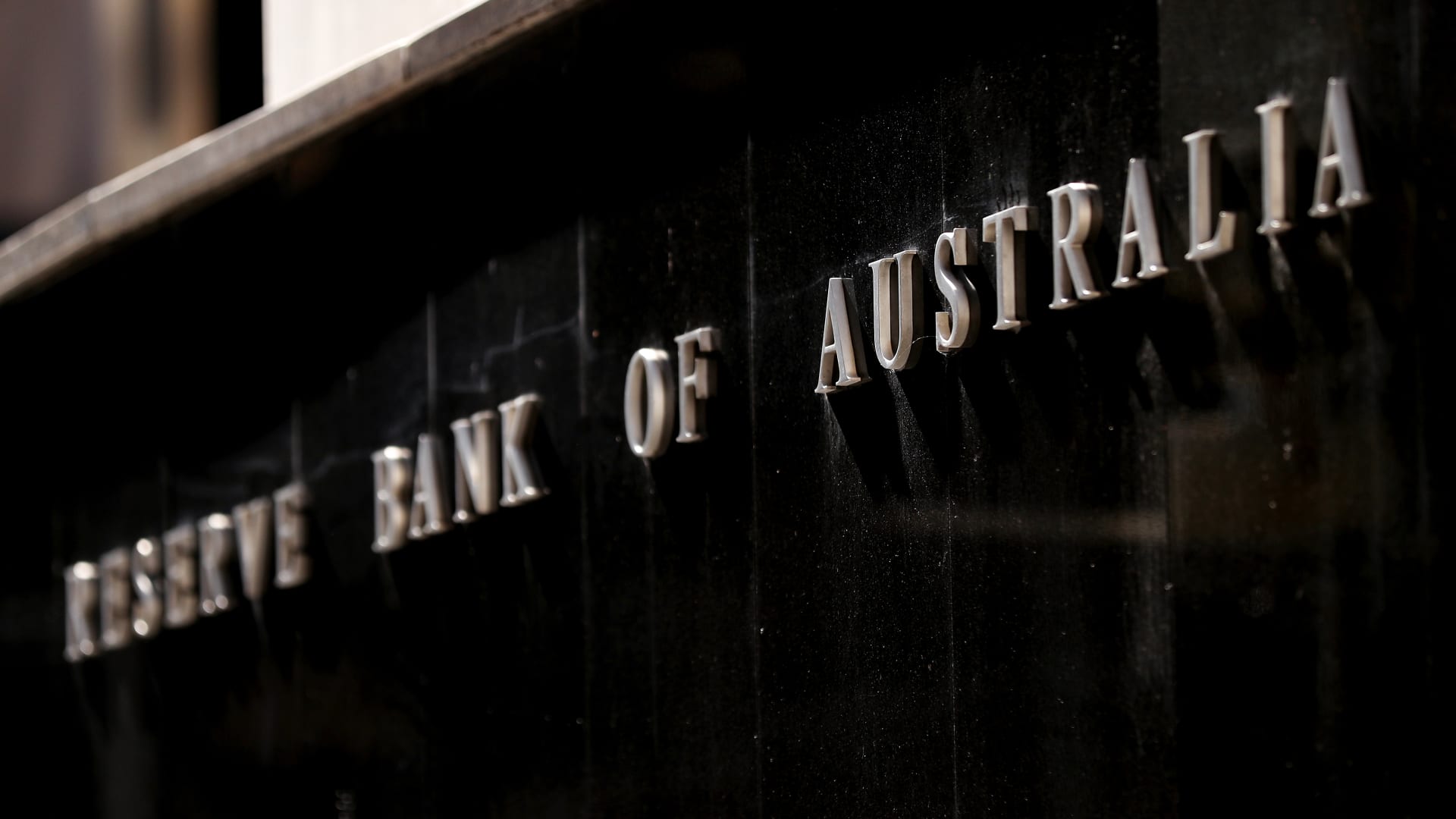On May 2, 2022, the Reserve Bank of Australia (RBA) was in the central bank building in Sydney, Australia.
Brendan Thorne | Bloomberg | Getty Images
The Reserve Bank of Australia kept interest rates steady on Tuesday as expected and reiterated the need for policy to remain tight, sticking to its stance a week after the Federal Reserve began easing policy aggressively.
The hawkish stance caused the Australian dollar to rise 0.4% against the US dollar, reaching its highest point this year at $0.6864, and the market reduced the possibility of a December interest rate cut to 59% from 64% before the decision.
The Reserve Bank of Australia (RBA) concluded its September policy meeting by keeping interest rates at a 12-year high of 4.35%, saying policy must be sufficiently restrictive to ensure inflation returns to target levels.
“While headline inflation will decline for some time, underlying inflation is a better indicator of momentum and remains too high,” the committee said in a statement broadly similar to its August statement.
“Data since then have reinforced the need to remain vigilant about risks to upward inflation, and the board has not ruled anything out.”
With underlying inflation still high and the labor market performing surprisingly well, markets are betting heavily on a stable outcome.
The Reserve Bank of Australia has kept interest rates steady since November, believing that the cash rate of 4.35% (above the historical low of 0.1% during the epidemic) is sufficient to control inflation within the target range of 2-3% while maintaining employment growth.
With underlying inflation as high as 3.9% last quarter and a large number of new jobs created in the labor market, there seems to be no need to relax policy as urgently as the Fed did last week, when it cut interest rates by 50 basis points to prevent significant job losses.
Governor Michel Bullock has recently taken every opportunity to stress that the central bank does not expect to cut interest rates anytime soon. This prompted the market to gradually rule out the possibility of an interest rate cut this year, with the first easing rate in December priced at only 64%.
Investors are now awaiting August's monthly inflation data due on Wednesday. Headline inflation may slow to an annual rate of 2.7% due to government subsidies for electricity bills, but core indicators may once again highlight price stickiness.
The RBA has lagged other central banks in cutting interest rates and political pressure for easing is growing. The left-wing Greens on Monday demanded the government lower interest rates in exchange for their support in parliament to pass long-delayed reforms to the Reserve Bank of Australia.


